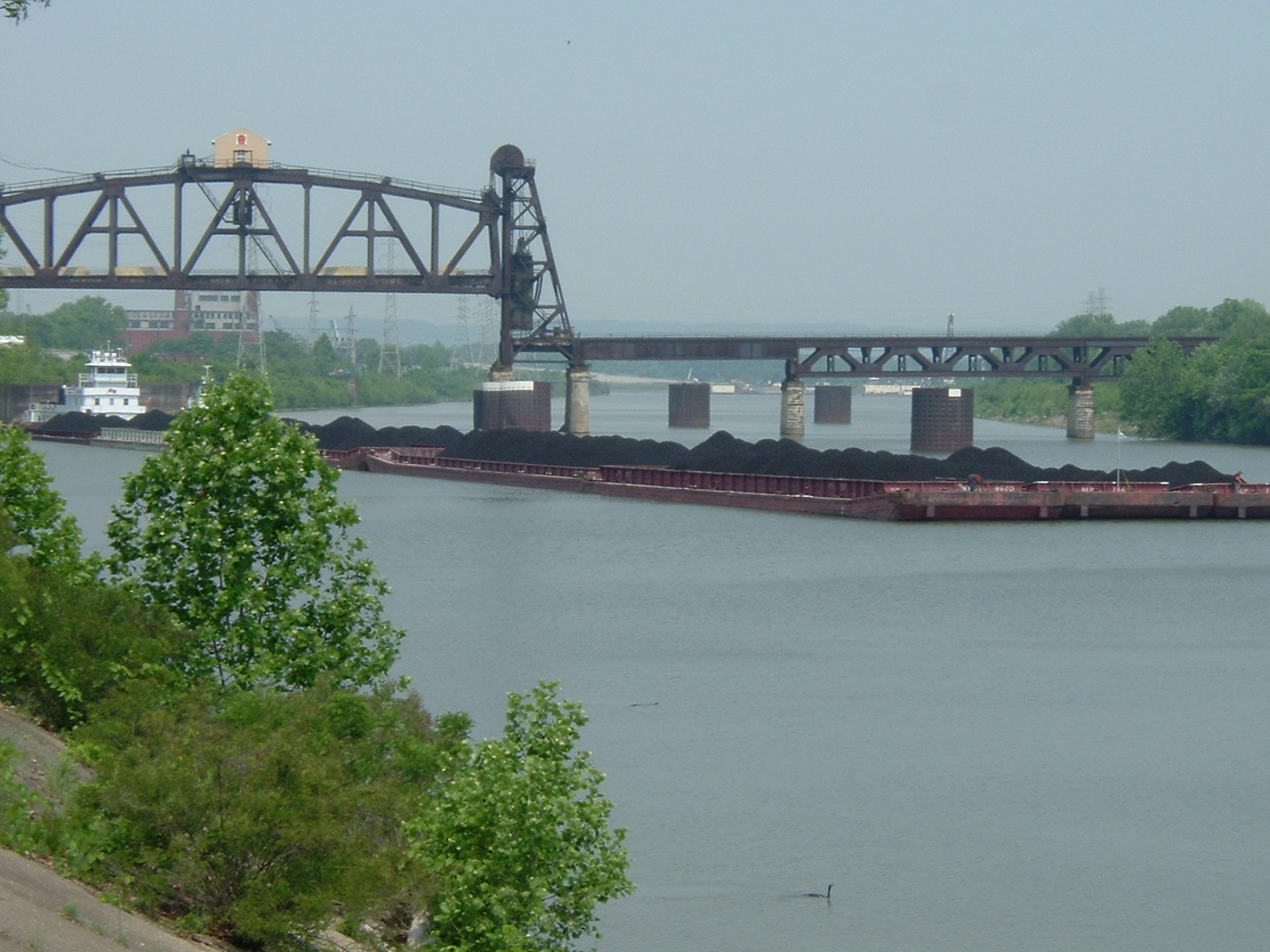Bottlenecks on the Ohio

The Ohio River has long been a vital part of commerce, providing an economic and alternative means of moving freight along its regions as well as nationwide. This study evaluates the current capacity level of the Ohio River inland waterway transportation system, and assesses its feasibility to meet increasing barge traffic demand in the future.
We developed a discrete event simulation model to study the traffic flows of barges transporting bulk commodities and operating among the nine ports on the Ohio River, where locks limit the number of barges passing through them. We tested current and potential scenarios of varying demand and waiting time threshold along the Ohio River and measured lock utilization and barge waiting times.
Using real data obtained from the US Army Corps of Engineers and based on the simulation output results, the model identified the actual bottlenecks in the waterway system under the current demand level as well as the projected demand in the future. Long barge waiting times occurring in only a small number of locks suggest that proper scheduling of barge routing can benefit the whole waterway transportation system by redistributing the barge arrival rate at each lock, thereby reducing waiting times for barges. On the other hand, the low utilization of the majority of the locks implies that the Ohio River remains underutilized overall and can potentially provide additional shipping opportunities through this inland waterway transportation system in the future.
